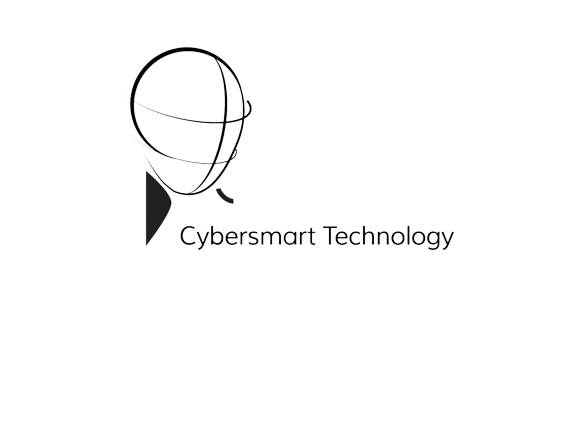Nurturing Precision: The Ongoing
Evolution of Facial Recognition Technology
Facial recognition technology has traversed a remarkable journey, marked by significant advancements in accuracy.
According to the National Institute of Standards and Technology (NIST), the finest algorithms now boast an astonishingly low error rate of just 0.08%. This substantial leap from the 4.1% error rate recorded in 2014 underscores the remarkable progress in this field.
The core of facial recognition systems lies in their adept utilization of deep learning and neural networks to scrutinize facial features, enabling tasks like verification and identification. Verification tasks, such as unlocking smartphones, routinely deliver high accuracy when subjects present clear images. However, the real world is replete with variables such as fluctuating lighting conditions, diverse facial positions, and the natural evolution of our appearances over time, all of which exert notable influences on the technology’s accuracy rates.
A critical facet that demands consideration is the discernible variability in accuracy exhibited by different vendors. While certain algorithms excel in controlled environments, many struggle when confronted with the intricacies of real-world scenarios. Moreover, the introduction of confidence scores assumes a pivotal role in curtailing false positives. Fine-tuning these thresholds is imperative for achieving an optimal equilibrium between accuracy and minimizing erroneous identifications, a critical element in responsible implementation.
At CyberSmart Technology, we hold a deep appreciation for the significance of accuracy in facial recognition technology. Our Facial Recognition AI is engineered to encompass an extended spectrum of accuracy, ensuring reliability even in the face of formidable challenges like extreme angles, diverse lighting conditions, and obstructions. Our advanced technology consistently delivers accuracy rates of up to 90% for partially obstructed faces, even at lateral angles of up to 45 degrees and vertical angles of up to 30 degrees.
As facial recognition technology advances, it is incumbent upon us to contemplate its broader implications. Privacy concerns, the specter of potential biases, and the responsible handling of data underscore the necessity for robust governance. Striking a harmonious balance between regulation and adoption enables us to harness the considerable benefits of facial recognition technology while safeguarding individual rights and fostering a secure digital ecosystem. Let us navigate the path forward with prudence, leveraging the potential of facial recognition to enhance security and accessibility, all while diligently mitigating the associated risks. Join us at CyberSmart Technology in our collective endeavor to shape a brighter, more inclusive, and ethically sound future.
According to the National Institute of Standards and Technology (NIST), the finest algorithms now boast an astonishingly low error rate of just 0.08%. This substantial leap from the 4.1% error rate recorded in 2014 underscores the remarkable progress in this field.
The core of facial recognition systems lies in their adept utilization of deep learning and neural networks to scrutinize facial features, enabling tasks like verification and identification. Verification tasks, such as unlocking smartphones, routinely deliver high accuracy when subjects present clear images. However, the real world is replete with variables such as fluctuating lighting conditions, diverse facial positions, and the natural evolution of our appearances over time, all of which exert notable influences on the technology’s accuracy rates.
A critical facet that demands consideration is the discernible variability in accuracy exhibited by different vendors. While certain algorithms excel in controlled environments, many struggle when confronted with the intricacies of real-world scenarios. Moreover, the introduction of confidence scores assumes a pivotal role in curtailing false positives. Fine-tuning these thresholds is imperative for achieving an optimal equilibrium between accuracy and minimizing erroneous identifications, a critical element in responsible implementation.
At CyberSmart Technology, we hold a deep appreciation for the significance of accuracy in facial recognition technology. Our Facial Recognition AI is engineered to encompass an extended spectrum of accuracy, ensuring reliability even in the face of formidable challenges like extreme angles, diverse lighting conditions, and obstructions. Our advanced technology consistently delivers accuracy rates of up to 90% for partially obstructed faces, even at lateral angles of up to 45 degrees and vertical angles of up to 30 degrees.
As facial recognition technology advances, it is incumbent upon us to contemplate its broader implications. Privacy concerns, the specter of potential biases, and the responsible handling of data underscore the necessity for robust governance. Striking a harmonious balance between regulation and adoption enables us to harness the considerable benefits of facial recognition technology while safeguarding individual rights and fostering a secure digital ecosystem. Let us navigate the path forward with prudence, leveraging the potential of facial recognition to enhance security and accessibility, all while diligently mitigating the associated risks. Join us at CyberSmart Technology in our collective endeavor to shape a brighter, more inclusive, and ethically sound future.
